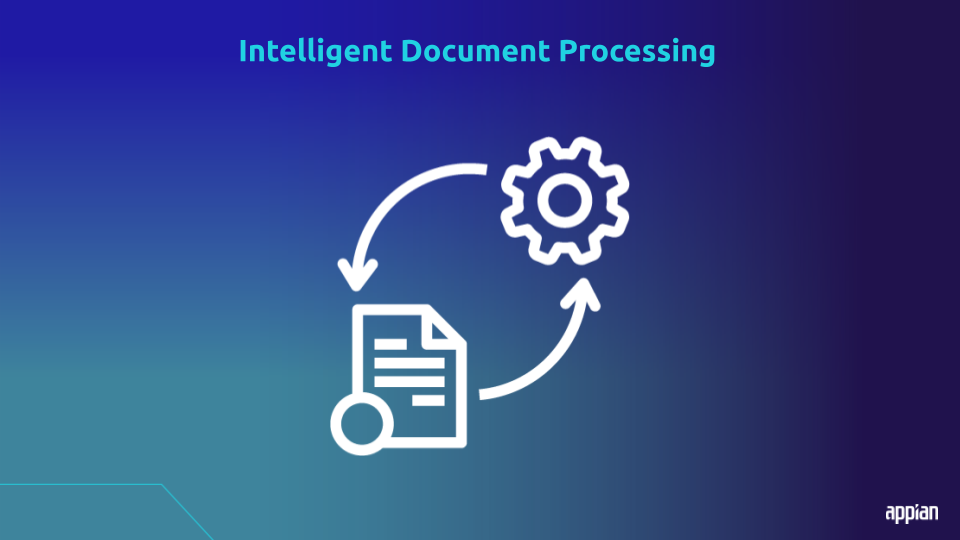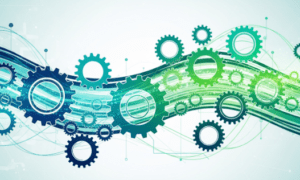In today’s digital landscape, organisations across industries are continually seeking ways to streamline operations, improve efficiency, and leverage technology to enhance productivity. One significant challenge faced by nearly every business is managing the massive influx of documents ranging from invoices and purchase orders to contracts and emails that arrive in various formats and levels of complexity. To address this challenge, businesses are increasingly adopting AI Document Processing solutions, which blend advanced technologies such as machine learning (ML), natural language processing (NLP), and optical character recognition (OCR).
What is AI Document Processing?
At its core, AI Document Processing is a technology that automatically extracts, interprets, and organises information from various document formats. It moves beyond traditional OCR (which merely digitises printed text) and then uses artificial intelligence (AI) to understand context, classify document types, validate data accuracy, and integrate the information seamlessly into business systems.
For instance, solutions such as the AI Document Processing offered by Netfira leverage advanced NLP and ML algorithms to identify relevant data, validate its accuracy, and ensure that it aligns with existing business records or policies. This not only minimises errors typically associated with manual data entry but also dramatically accelerates processing times.
Core Components of AI Document Processing
Effective AI Document Processing platforms incorporate several key components:
Intelligent Data Capture
The initial phase involves capturing and digitising documents regardless of their original format be it scanned paper documents, PDFs, email attachments, or EDI (Electronic Data Interchange) files. AI-enhanced OCR ensures accurate recognition of characters even when dealing with poor-quality images or complex layouts.
Document Classification
AI models classify documents automatically, determining their type (invoice, contract, purchase order, etc.) by analysing structure, layout, and content context. This automated classification allows subsequent workflows to be applied accurately and efficiently.
Data Extraction and Validation
Following classification, AI Document Processing systems extract critical data points based on predefined criteria or learned patterns. NLP algorithms interpret the context differentiating, for example, between invoice amounts, due dates, or supplier names while integrated validation rules ensure the extracted data matches expected formats and aligns with existing databases or systems.
Integration and Automation
Once data extraction and validation are complete, the structured data is seamlessly integrated into various business applications, including ERP, CRM, or financial management systems. Such automation facilitates smoother workflows and reduces the manual intervention typically required to move data across systems.
Continuous Learning
Advanced AI Document Processing solutions incorporate continuous learning mechanisms. Human-in-the-loop automation where humans provide input or corrections to exceptions flagged by the system plays a critical role. Platforms that embrace this approach, such as Netfira, continually refine their AI models, leading to higher accuracy and efficiency over time.
Practical Benefits Across Industries
AI Document Processing delivers tangible benefits across multiple sectors:
Finance and Accounting
Financial teams regularly deal with numerous invoices, expense reports, and financial statements. Automating these processes significantly reduces manual entry, accelerates payment cycles, and enables real-time financial reporting, contributing directly to better cash flow management and strategic decision-making.
Procurement and Supply Chain
In procurement, speed and accuracy are essential. Automating document handling of purchase orders, order confirmations, and logistics paperwork ensures precise matching, immediate discrepancy identification, and timely vendor communication. This streamlines supply chain operations, reduces procurement costs, and improves vendor relationships.
Legal and Compliance
Law firms and corporate legal departments frequently process large volumes of contracts, litigation documents, and regulatory compliance files. AI Document Processing simplifies and accelerates contract abstraction, clause identification, and regulatory audits, improving compliance, reducing risks, and significantly decreasing review time.
Healthcare
Healthcare providers handle an extensive array of patient forms, insurance claims, and medical records daily. AI-driven document processing ensures accurate data extraction, minimises errors, facilitates timely reimbursement from insurers, and ultimately enhances patient experience by freeing medical professionals to focus on care rather than paperwork.
Insurance
Insurance companies rely heavily on processing claims, policy documents, and customer communications swiftly and accurately. Automated processing accelerates claim approvals, reduces operational costs, and improves customer satisfaction by enabling faster response times.
Selecting an AI Document Processing Solution
When choosing a solution, consider several critical factors:
- Accuracy and Reliability: Evaluate the platform’s proven accuracy in handling your document types and formats.
- Integration Capabilities: Ensure the system integrates smoothly with your existing enterprise systems, like ERP, CRM, and financial management tools.
- Scalability: Select a solution capable of scaling in line with your business needs without significant additional investment or disruption.
- Human-in-the-Loop Functionality: Opt for solutions that incorporate human oversight effectively to manage exceptions and continuously enhance AI model accuracy.
- Security and Compliance: Prioritise providers with robust security practices and compliance certifications relevant to your industry.
Organisations should look for flexible and robust solutions that align with their specific operational requirements. Platforms like Netfira’s AI Document Processing exemplify these considerations, offering scalable, flexible solutions designed to support diverse business needs.
Future Outlook: AI and Intelligent Automation
The trajectory for AI Document Processing aligns with broader trends towards intelligent automation across businesses. Organisations are expected to increasingly adopt integrated platforms that automate end-to-end workflows rather than merely digitising isolated processes.
As AI continues to evolve, future solutions will likely become even more predictive, proactively identifying potential discrepancies before they impact business processes. Enhanced AI capabilities, coupled with deeper integrations into enterprise-wide systems, will allow businesses to not just streamline.
Read More From Techbullion



































